This page will try to answer that monumental and contentious question: which character should new players start as, and why?
We’ve gone over the tedious details of level, experience, skills and stats, but we’re not quite at the point of recommending actual builds yet. Oh no. Now it’s time to discuss that burning question every new player has. It’s pretentious to answer it, but it’s a disservice to ignore it, so we’ll risk the former in order to try to give some general advice on that all-important beginner question: What character should I play?
Easy, whichever you prefer!
Goodbye!
Which of the seven available character is the best for new players? The Sorceress, of course!
Assuming you’re not easily swayed by subjective, meaningless platitudes, we’ll try our best to analyze the characters from the perspective of a new player. Although, in defense of the platitude… the heart wants what the heart wants. Some classes are better at different things for different reasons, but if you’re dead-set on playing one of the seven toons, play it. We still have a soft spot in our heart for the Necromancer in spite of his faults, for example.
With that out of the way, if you care about accumulating starter gear for pretty much every character in the game as quickly and easily as possible, there’s really only one answer:
The Sorceress.
Start as a Meteorb Sorceress, play through until you’ve defeated Mephisto in Hell difficulty, then respec into a Blizzard Sorceress. Farm Mephisto, Andariel and the Ancient Tunnels until you have all the gear you want/need. Nothing can really compete with the kill rate Teleport provides, and since she’s a caster, she’s not terribly gear-dependent.
There’s the tl;dr version, but if you want more nuance and detail (or desperately want alternatives), let’s try to break it down further.
Casters are the easiest characters to start out with, as their damage output is largely determined by skill-boosting gear instead of top-tier weapons, which are generally easier to get your hands on.
Warrior or Caster?¶
Different characters offer different playstyles. Heck, different builds with the same characters can play radically differently. We can’t quantify aesthetic and playstyle choices: if you want to play an archer, play an Amazon, if you want to blast enemies with fireballs, play a Sorceress, if you want to summon a squad of skeletons to follow you around and butcher your foes, play a Necromancer.
Some things, however, can be quantified. Do you want to play a character that doesn’t require top-tier gear, while also being capable of farming monsters to get said gear? If so, we’ve narrowed things down considerably: you want to play a caster of some description.
If you want to play a warrior - here a colloquial term for any character who seeks to kill critters by hitting them with a weapon of some description, either ranged or melee - there’s an obvious snag. Your damage output is almost entirely dependent upon the weapon you have. If you’re a new player, you probably don’t have a stockpile of good mid-to-late game weapons to use, meaning your prowess will be affected by the vicissitudes of RNG. If you don’t get the weapon you need as you play through the game, you’ll have to stop and farm enemies until you do… with, might we add, the insufficient gear that’s impeding your progress.
Casters on the other hand have it relatively easy. Yes, their damage output is affected substantially by gear, too, but their baseline is much, much more reliable than a warrior’s. A caster’s damage is determined by the Skill Points they invest into their damaging skill(s) and any synergies. After this, +skills items will account for much of their damage, as well as the odd unique/set item that boosts spell damage. It’s by no means easy to kit out a caster in top-tier gear, but they’ll largely kill fine without such gear, and this gives them a huge advantage in farming their way up the gear ladder.
That being the case, we can narrow down starter builds somewhat:
- Assassin (Trap Assassin)
- Druid (Elemental Druid)
- Necromancer (Poison Necromancer)
- Necromancer (Summonmancer)
- Paladin (Hammeradin)
- Sorceress (Blizzard Sorceress)
- Sorceress (Meteorb Sorceress)
Unfortunately most warrior builds are just too fickle, RNG-wise, and too expensive when it comes to top-tier play to really recommend for beginners. It’s worth noting there are other forms of casters out there, like the Singer Barbarian, Bonemancer and Lightning Sorceress, to name a few, but they’re either not as effective, not as cheap, not as easy to play, or frankly a combination thereof which places them in the niche category. There are also some warrior builds that either deal a significant amount of elemental damage (Auradins) or otherwise overcome gear-dependant handicaps (Smiteadin) which make them viable… but we’ll discuss that further later on. In any event, casters will be the easiest way to progress through the game and farm for starter gear for other characters.
The Sorceress is the best farming character for new players, as her ability to teleport allows her to get around maps quickly.
Best Farming Characters¶
Now that we’ve got our starting characters/builds whittled down some, let’s whittle some more. This guide is primarily focused on Player-Versus-Monster (PvM) gameplay - Player-Versus-Player (PvP) might be fun, but it won’t level you up and it shouldn’t get you gear - and there are several factors to consider that’ll help us which characters are best to start with.
There are generally several types of PvM runs you’ll want to engage in:
- Boss Runs (Andariel, Mephisto, Baal, etc.)
- Super Unique Runs (Shenk, Eldritch, Pindleskin, etc.)
- Area Runs (particularly aLv85 areas - The Pit, Mausoleum, Ancient Tunnels, Chaos Sanctuary, etc.)
Alas, not all characters are equally capable when it comes to these runs. Different characters are better at different things, and their capacity generally comes down to several factors: ease-of-progression, kill speed and survivability. By considering these, we can narrow down our candidates to three top contenders for best newbie-friendly character.
While not the fastest, the Wind Druid does have access to two damage types, and their high base HP, Oak Sage summon and Cyclone Armor make them more durable than the Sorceress.
Ease-of-Progression¶
One of the prerequisites before you can start farming gear is simply making it to late-game areas. If you’re playing with a group, this is something of a non-factor: assemble a Summonmancer, a Hammeradin and a Smiteadin and any other characters you want - with the Necromancer’s minions bolstered by Concentration and Fanaticism auras (you can also add Might and Meditation to the list if you get an Act 2 Nightmare Mercenary and give him an Insight runeword polearm) you’ll be cutting through every enemy in the game with ease sans physical immunes, whom the Hammeradin can more than adequately deal with.
Assuming you don’t have a group to play with, however, things get trickier, especially in Hell difficulty, where almost every enemy you encounter will have at least one immunity. Enemies that are immune to one of the three core elements - fire, cold and lightning - are fairly common. Enough so that the idea of progressing through the game with one of these elements as your primary source of damage is almost a non-starter. You can use mercenaries to deal some of this damage, and some classes, like the Paladin, can always try to fall back on melee, but ideally you want a less-common source of damage, or better yet, two sources of damage.
This all but eliminates Auradins (Paladins specializing in Holy Fire, Holy Freeze or Holy Shock) and the Blizzard Sorceress, as the damage types they rely on are too commonly resisted. The Poison Necromancer is also greatly affected by this, and while poison immunes are relatively uncommon, they’re not uncommon enough in key areas to make them easy to recommend.
The Meteorb Sorceress and Hurricane Druid both have two elements to fall back on, and while this isn’t foolproof, the few enemies that are immune to both can be easily avoided. The Trap Assassin can deal fire, lightning and physical damage with her traps, although initial kills are usually going to rely on fire/lightning. The Hammeradin almost exclusively deals non-elemental magic damage, a type of damage that Greater Mummies are immune to, while the Summonmancer deals mostly physical damage, which Wraiths are immune to. In the latter case, the Summonmancer’s Amplify Damage will remove the hurdle presented by Wraiths, and in the former case, Greater Mummies are uncommon enough that mercenaries can deal with them, or failing that, they can be ignored.
When it comes to ease-of-progression, then, we can narrow things down to the Trap Assassin, Elemental Druid, Summonmancer, Hammeradin and Meteorb Sorceress.
While the Paladin innately lacks Teleport, their durability and immense damage output make them fine casters, even for starter characters.
Survivability¶
Being able to kill things readily is all well and good, but your ability to kill enemies is sort of tied to your ability to avoid being killed by them. The two are fairly interconnected - if you’re killing enemies before they can kill you, you’ve probably got good survivability, and likewise, if you can take the odd hit or three, your own offense won’t be stifled by an unwanted trip back to town.
This is where the Trap Assassin falters, at least for new players who don’t have all kinds of fancy unique items and runewords to equip them with. The Trap Assassin has a more varied offense, than, say, the Summonmancer, but while the Summonmancer is more limited offensively, he’s got eight (or more) skeletons running around, drawing aggro, and forming walking barriers that keep the Necromancer safe - not to mention a golem and perhaps a mercenary. Since the Necromancer’s Corpse Explosion skill and the similar effect produced by the Death Sentry trap are both character’s most effective means of clearing areas, and since bosses tend not to be immune to any damage type, making the Assassin’s variety redundant, the Trap Assassin in many ways plays like a squishier Summonmancer.
The Meteorb Sorceress is fairly squishy, too, and would be disqualified if she didn’t have an ace up her sleeve (we’ll get to this in the Kill Rate section, below). At least the Elemental Druid has Cyclone Armor (to reduce elemental damage), Oak Sage (too boost max Life) and perhaps some one-point drops in Wolves and/or Grizzly. It won’t afford them the same sort of protection the Summonmancer has, but it’s far, far better than the nothing the Sorceress has.
Finally, the Hammeradin. Paladin shields can drop with 4-sockets well before you’ll ever see a Monarch, hence he can be using a Spirit shield in his off-hand before leaving Normal difficulty. Find a base shield with a hefty bonus to all resistances and keep your Dexterity high enough to ensure you’ve got max Block Chance (with Holy Shield, of course) and you’ll have a character who can resist 75% of all elemental damage and block 75% of all incoming physical attacks. The Hammeradin doesn’t have minions, sans perhaps a mercenary, but he doesn’t really need them, either.
Survivability concerns eliminate the Trap Assassin, leaving us with just the Elemental Druid, Hammeradin, Summonmancer and Meteorb Sorceress.
Kill Rate¶
Alright, time to address the giant pink elephant in the room. The Sorceress. We (grudgingly) eliminated the Blizzard Sorceress because of her limited access to elemental damage, and relying on a single element in Hell difficulty is not ideal… although we should (and will) point out that the Blizzard Sorceress is great for clearing the game up to Hell difficulty, and Nightmare Mephisto can (and arguably should) be farmed for a lot of starter gear. Still, our refusal to eliminate the Meteorb Sorceress demands explanation, especially considering her poor survivability.
Well, simply put, nobody beats the Sorceress in terms of kill rate.
There are several reasons for this, but it should be pointed out that the Blizzard Sorceress absolutely demolishes Nightmare and Hell Mephisto, even with starter gear. This makes her an ideal character to farm mid-tier gear with. Alas, the Meteorb Sorceress isn’t quite as proficient, but Meteor still does the job well enough, and between Fireball and Frozen Orb, getting through Hell difficulty should only be a moderate chore. At least, reaching Act 5 isn’t too difficult. We’ll also point out that the reason we keep mentioning the Blizzard Sorceress despite eliminating her from contention is due to the simple fact that the Meteorb Sorceress and the Blizzard Sorceress are only a respec away - nothing says you can’t play through the game as a Meteorb Sorceress, and when you’ve attained whatever progression you care to, switch to Blizzard Sorceress to farm Mephisto.
Second, the Sorceress has Static Field, a lightning-based skill that shaves off a percentage of an enemy’s health with every casting. You won’t kill anything with it, and you probably won’t bother using it on trash mobs, but against bosses… well, you’ll appreciate the damage it can do to all act bosses in Hell difficulty. Better yet, it only requires you to invest a single skill point. Awful good return on investment, there.
Third, and most importantly, there’s Teleport. The Sorceress is the only character who gets access to this skill natively, while everybody else has to settle for items with Teleport charges (which are limited use and can be expensive to recharge) or dream of one day acquiring the runes necessary to craft an Enigma runeword. Suffice to say, the former isn’t user-friendly for anybody, and the latter is certainly not a consideration for new players. Teleporting allows the Sorceress to skip enemies, quickly zip through entire areas, and get right to the creature(s) she’s hunting. Not strictly kill rate, but the time she’s not wasting killing everything en route to her target is time she can be spending farming what needs to be farmed.
Simply put, the Sorceress’s fragility is offset by her ability to Teleport through problem areas, and when you factor in how much faster and easier Teleport makes runs, the Sorceress isn’t just redeemed as a starting character - she’s arguably the best character to start out as. A Blizzard Sorceress with Teleport can easily farm the starting gear every other character will need, while a Meteorb Sorceress can more easily reach Hell Mephisto, and hence farm higher-tier gear as well.
By comparison, the Elemental Druid will kill bosses more slowly and doesn’t have Teleport to get around more easily, making him another character we can eliminate. The Summonmancer’s kill rate is fine once you go through the tedious step of harvesting enough corpses to build up your army, after which it’s a breeze to farm areas in relative safety - he can’t compare to the Sorceress’s ability to kill bosses, but we’ll leave him as an option for area clearing. Finally, the Hammeradin stays due to his sheer durability, the rarity of enemies that resist his damage, and his sheer damage output.
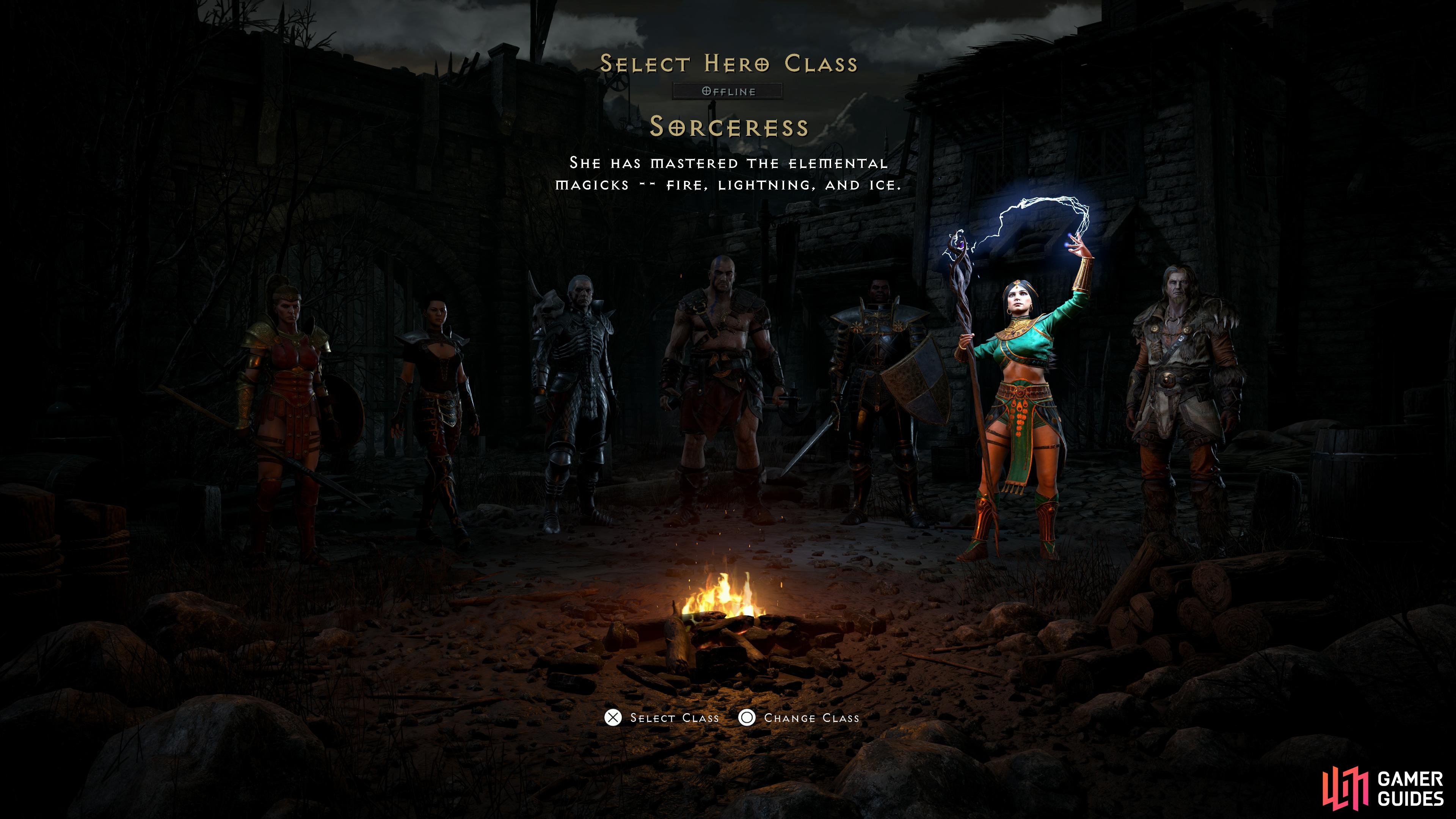
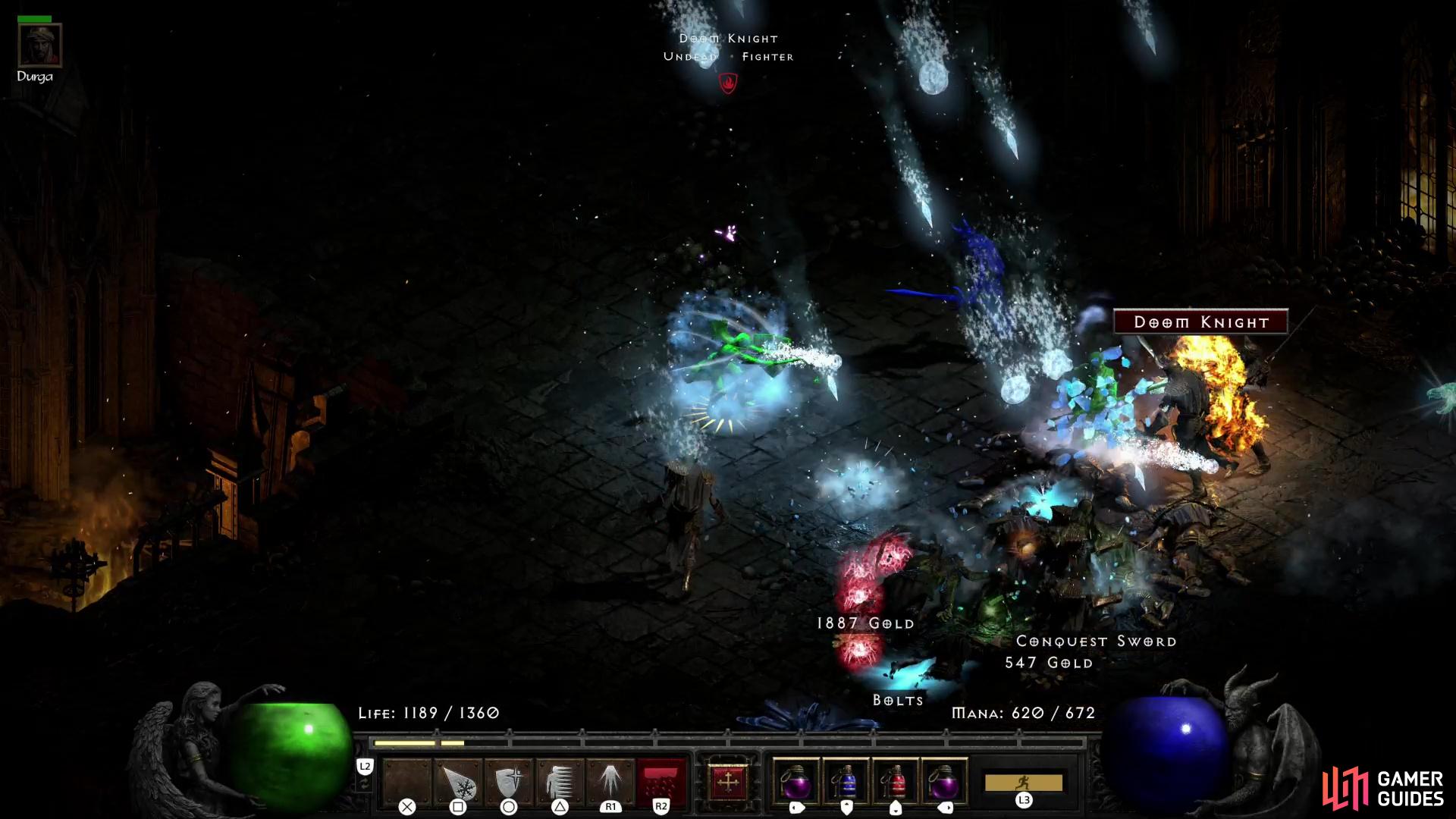
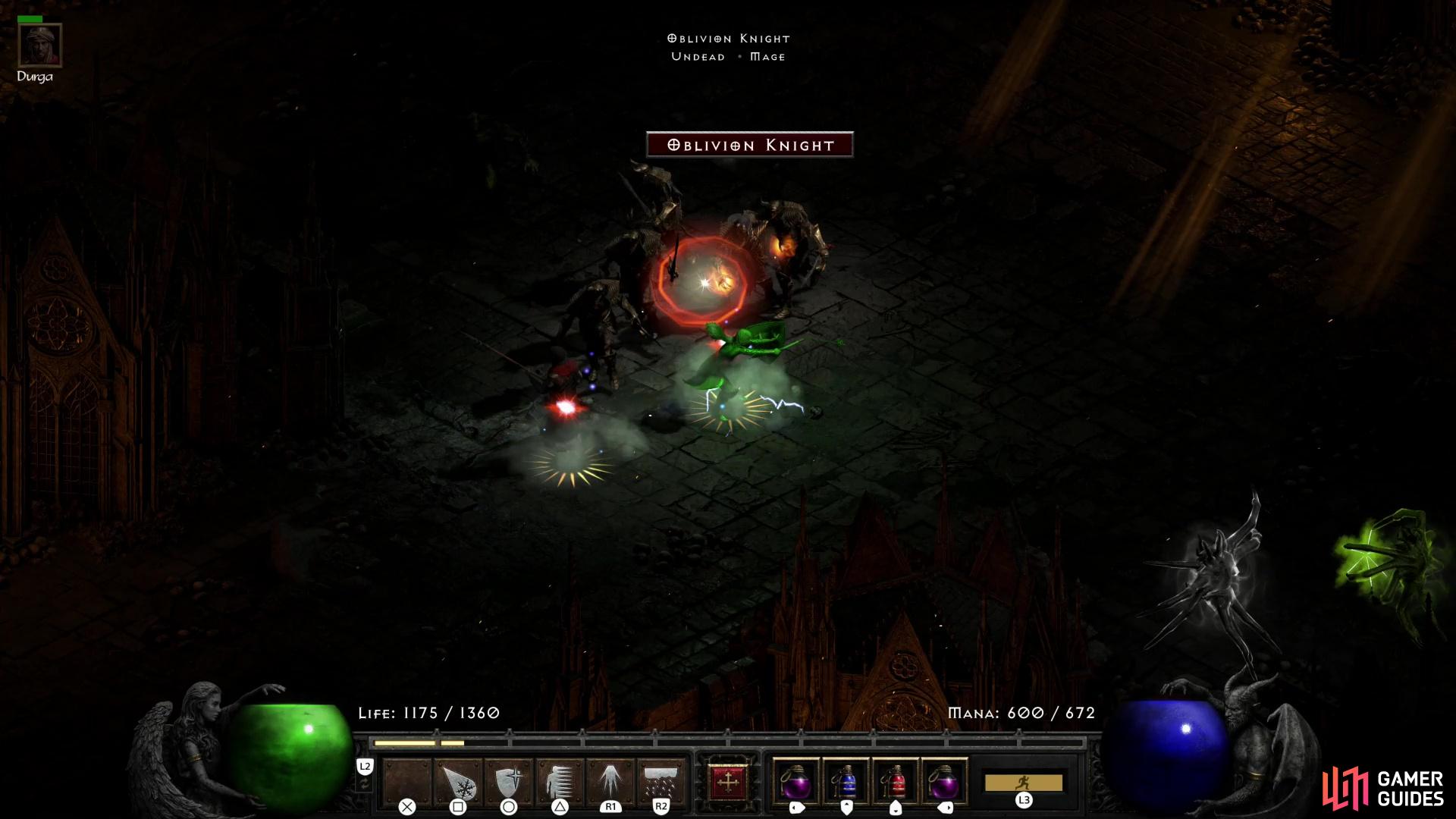
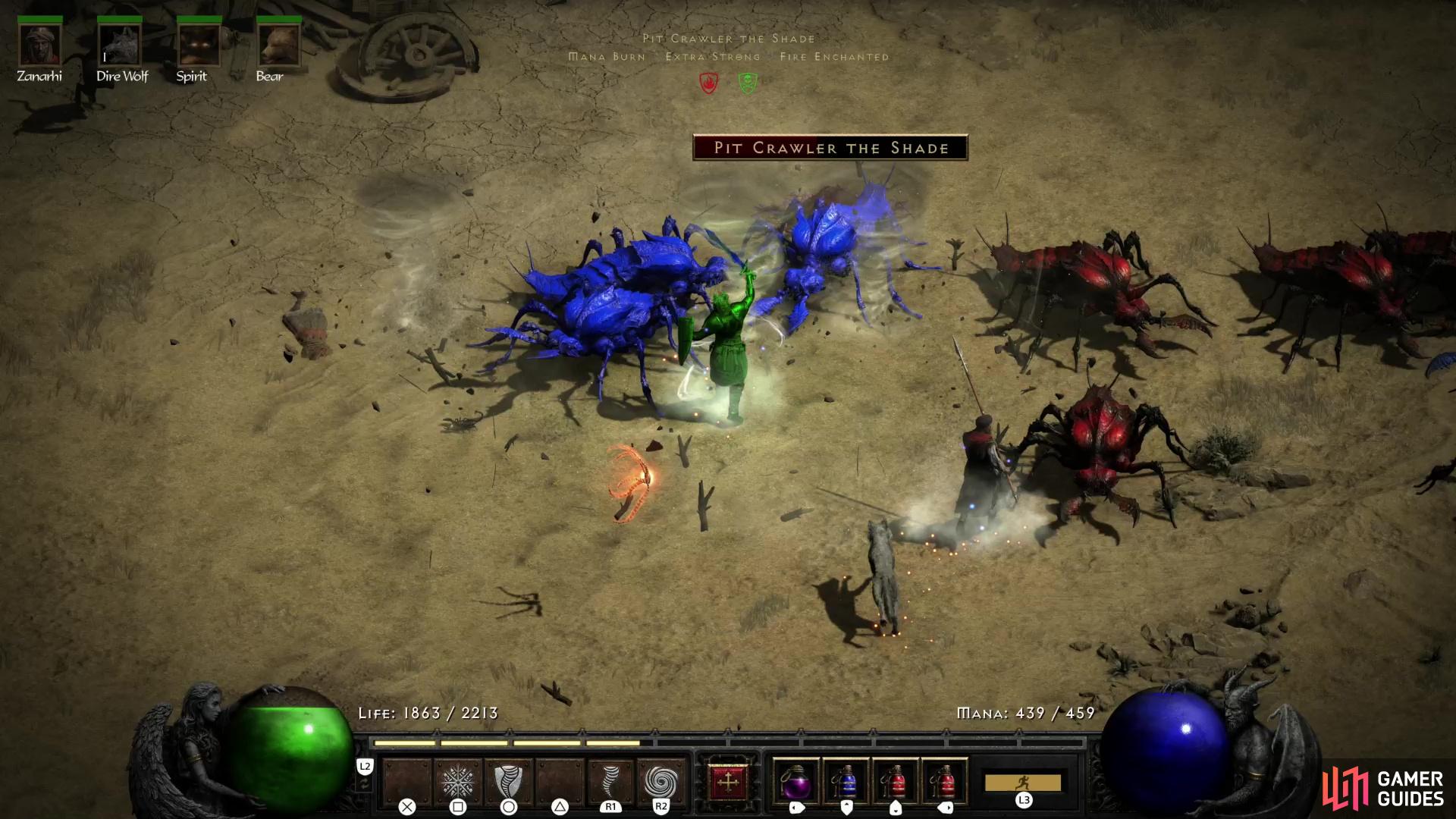
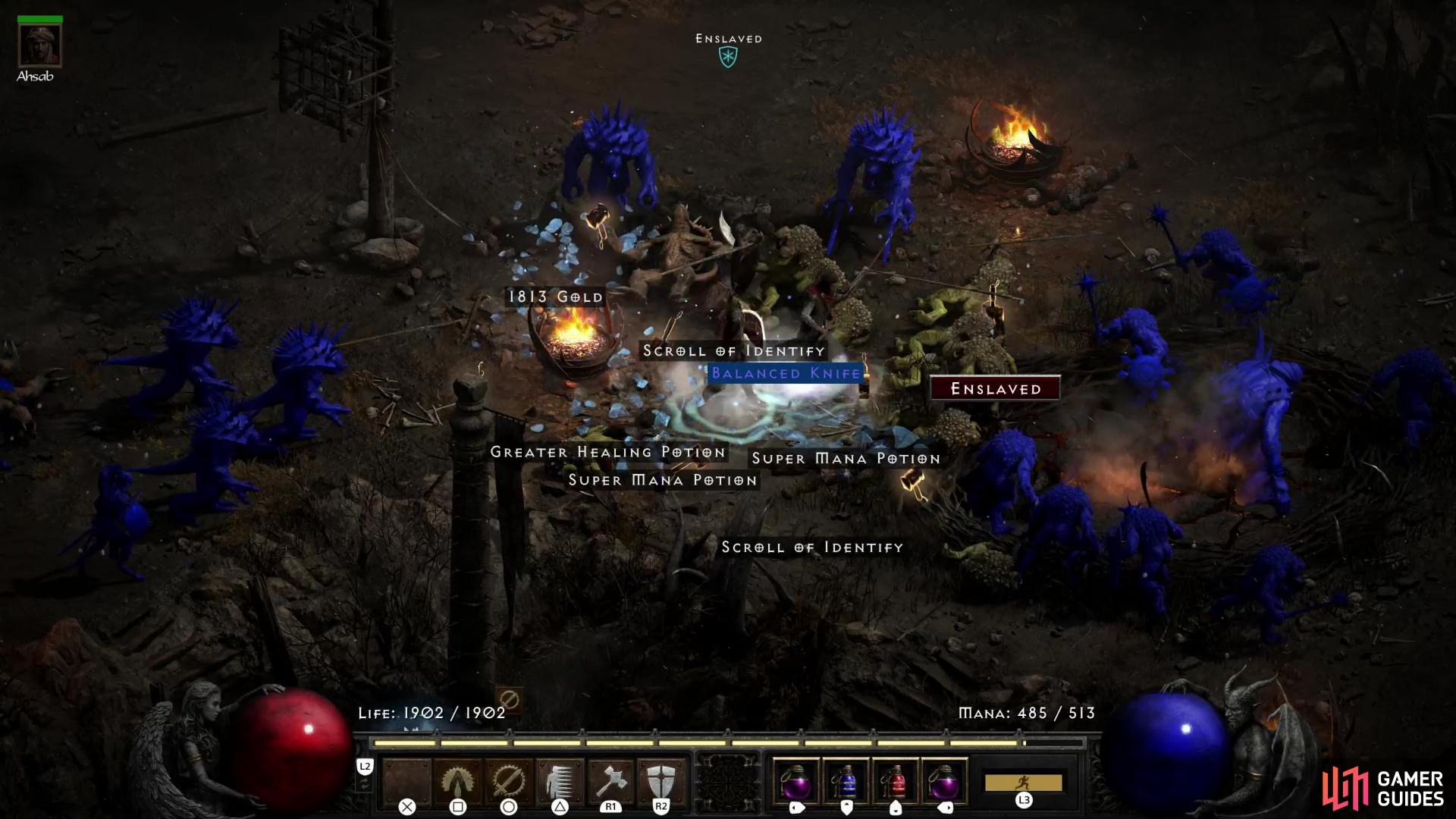

 Sign up
Sign up
No Comments